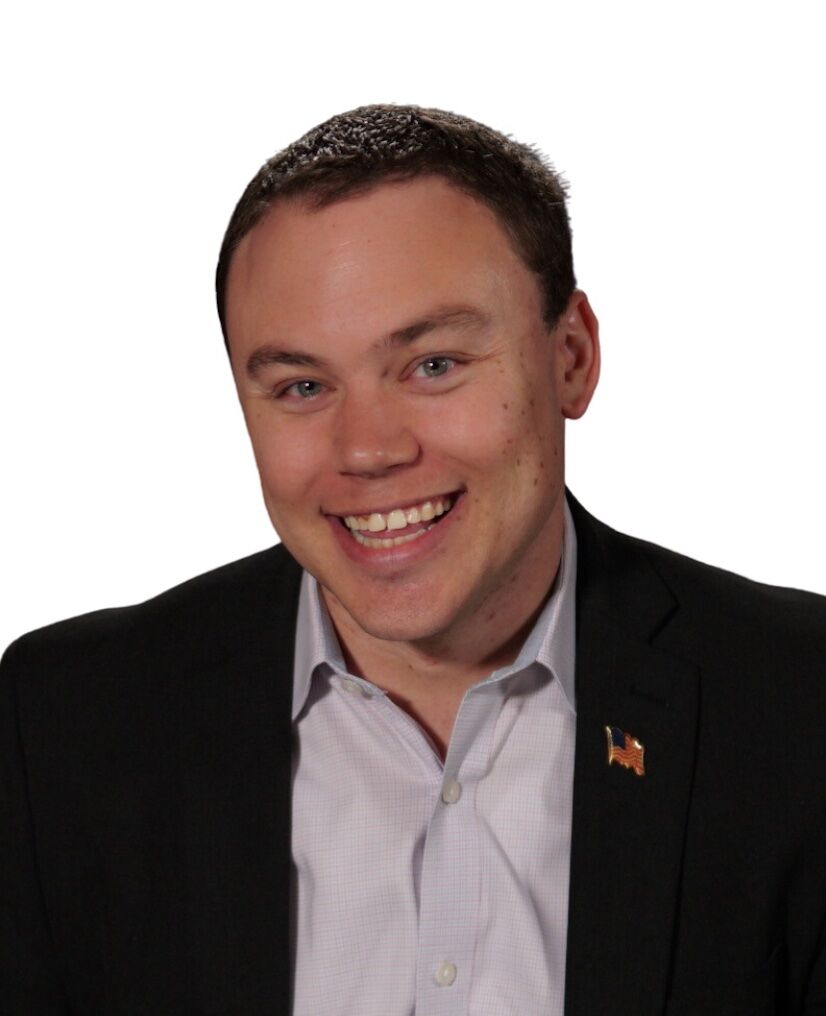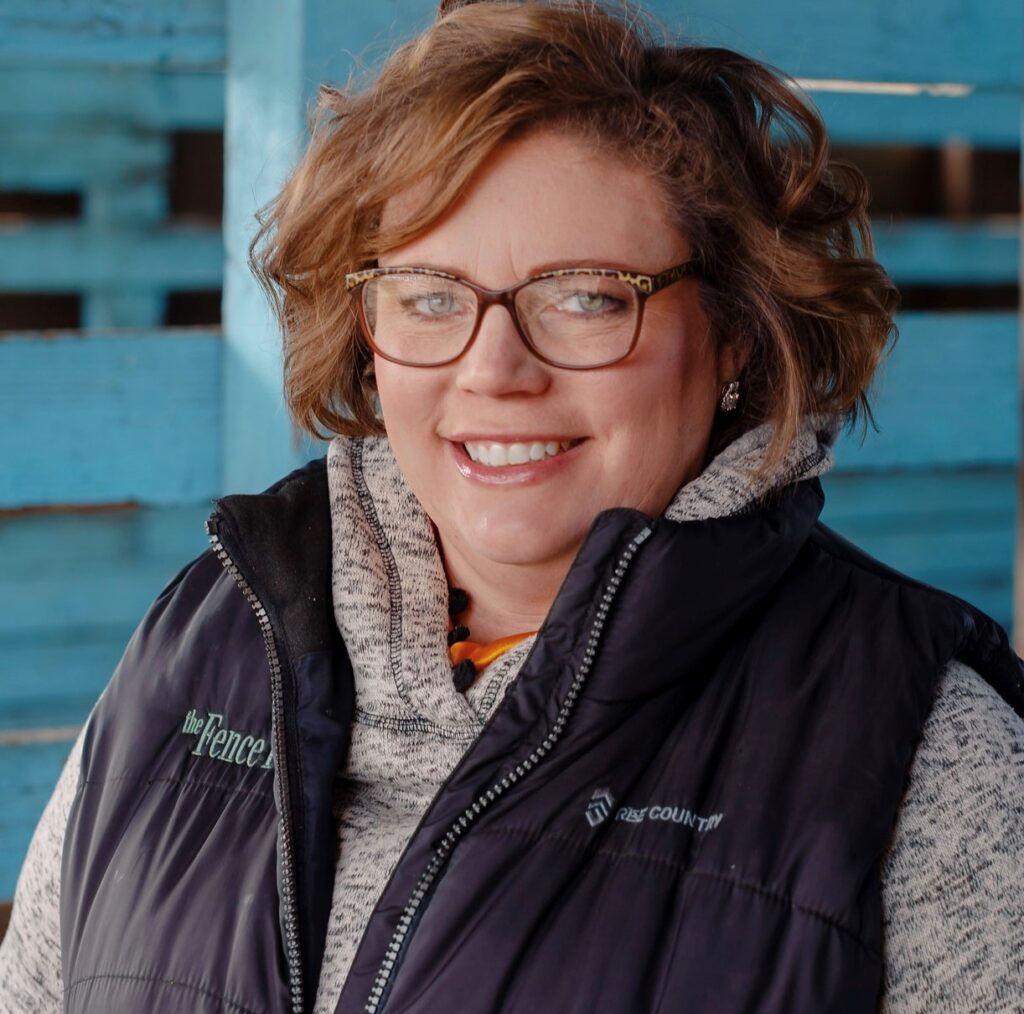NORAD-USNORTHCOM, US Space Command: Perfect synergy

Our most routine activities each day, grocery shopping, getting gas in our cars, cash advances at the ATM, filling prescriptions, online health care apps and hundreds more, all rely on the assumption that our personal data is immediately available and is trusted and secure. More critical elements of our lives like the electricity to power banks, gas stations, hospitals, and grocery stores rides on critical infrastructure that we all assume and in fact, demand, will be reliable, safe, and free of interference. How many of us really understand that each of these necessary elements of our lives rely on space. More specifically time from space. Most specifically, GPS signals that coordinate the exact time so all our transactions can proceed smoothly. That same timing signal ensures our critical infrastructure operates smoothly and safely.
All of these signals come from the GPS constellations operated and managed by our U.S. Space Command professionals at the Peterson-Schriever Space Garrison and their sites around the world.
At the same time, our citizens assume that the safety and security of our homeland remains unquestioned and “someone” is always paying attention to any threats to that security. Day in and day out, the North American Aerospace Defense Command and the U.S. Northern Command “Has the Watch”, ensuring that international and regional threats, partnerships with our North American friends, support to law enforcement, and natural disaster responses are prepared for, and if needed, executed smoothly. Whether it is the NORAD alerting network scanning air, space or the maritime, NORAD forces responding to intruders, NORAD and USNORTHCOM teammates operating the combined command and control centers to sense, warn and respond, U.S. or Canadian military working hand in hand to quickly respond when a natural or man-made disaster occurs, or NORTHCOM directing U.S. forces to the far reaches of the Arctic or Atlantic and Pacific Oceans, or combining with the U.S. Southern Command and Mexico in the Caribbean to interdict illicit trafficking, or partnering with the Department of Homeland Security to protect the nation’s critical infrastructure, the requirement for accurate and uninterrupted access to and support from space is so critically intertwined in the NORAD–NORTHCOM mission that it would be very difficult to succeed without it.
Finally, built into the DNA of both Joint Combatant Commands is the mutually dependent mission of Missile Defense. Its key command and control nodes as well as its operational forces all work side by side in the NORAD–NORTHCOM Command Center, at Peterson, at Schriever, and deployed at key sites in Alaska, California, and around the world. This critical capability has kept rogue nations from exploiting perceived windows of opportunities to hold the US at risk. This mission is the best example of the thread of space to link air, land, space, and cyber into a collective shield for our citizens.
On a day to day basis, literally minute to minute, these two commands collaborate on their missions, exercise their Operations Plans, support other Combatant Commands, and plan for contingencies that might arise. The respective teams literally live next door to each other — at work — and at home. The value of this proximity cannot be overstated.
As just one example, during my time in command, I shared a backyard fence with General Kevin Chilton and later General Bob Kehler, commanders of Air Force Space Command, and I cannot tell you how many “over the fence” discussions we had that solved local, regional, and global problems. We collaborated on local Colorado Springs issues that affected both of our commands, we planned for essential capabilities like the integration of the Missile Defense into our missions, we discussed space support of hurricanes, wildfires, counter-trafficking operations, and many other issues.
From those backyard chats, came leadership decisions that shaped our collective defense for the years since then. More importantly, we built a level of trust and confidence that facilitated challenges to numerous critical capabilities we controlled.
That same level of trust and confidence was built among our officers, enlisted, and our Department of Defense civilians because of the proximity of our headquarters. Again, you cannot overstate that value to the nation.
As a new administration, the DOD, the U.S. Space Force, and the U.S. Air Force move towards a decision on the location of U.S. Space Command, in this new, post-COVID world, and in what appears to be a challenged Defense budgetary environment, the importance of unity of effort, synergy of capabilities, and best “bang for the buck” must play a critical role in the decision.
Equally important is the demonstrated commitment of the local community to sustain and support any new mission decision. On 9/11, I watched first-hand the value that the commanders of the U.S. Central Command and the U.S. Special Operations Command placed on the fact that they, too, lived and work next door to each other and as the Director of Ops at CENTCOM,
I could not have been nearly as effective as we were if I had not had my SOCOM counterpart “in the neighborhood”. So I am a believer and have that forged in combat! There can be no other place in the country that U.S. Space Command can enjoy this same benefit and synergy — the blending of mission partners, shared mission focus, interdependence of mission elements supported by the overwhelming benefits.
Finally, COST. Over my career, an axiom that I found absolutely to be a truism: Whatever the initial estimates might be on program costs (time, people, infrastructure, education, family support, mission execution, etc.) — double them to get the real number. I believe a move away from Colorado Springs and the Peterson-Schriever Garrison will incur huge costs both in real numbers and in opportunity costs.
A few examples:
Cost to create the physical campus, to include the security, data movement, transportation, utilities, parking, and family support for the 1500 to 2000 families required to move to another location; disruption costs to the current mission as any transition might occur, risk costs to mission execution as a move occurs, and cost to the industry infrastructure that is vibrant in Colorado Springs but would either have to relocate or operate with split location to support a new mission location.
Certainly, keeping Space Command in the Springs would also have cost associated with it, but with the support committed by the City of Colorado Springs and the State of Colorado, I believe those costs would be half the cost to relocate.
In the end, there is only one solution that passes all the tests: Synergy of Mission, Synergy of Capability, Synergy of Community Support. Colorado Springs – Light Years Ahead!
Victor Eugene “Gene” Renuart Jr. is a retired United States Air Force four-star general. His last military assignment was as the commander of United States Northern Command and North American Aerospace Defense Command from March 23, 2007, to May 19, 2010.
Victor Eugene “Gene” Renuart Jr. is a retired United States Air Force four-star general.













